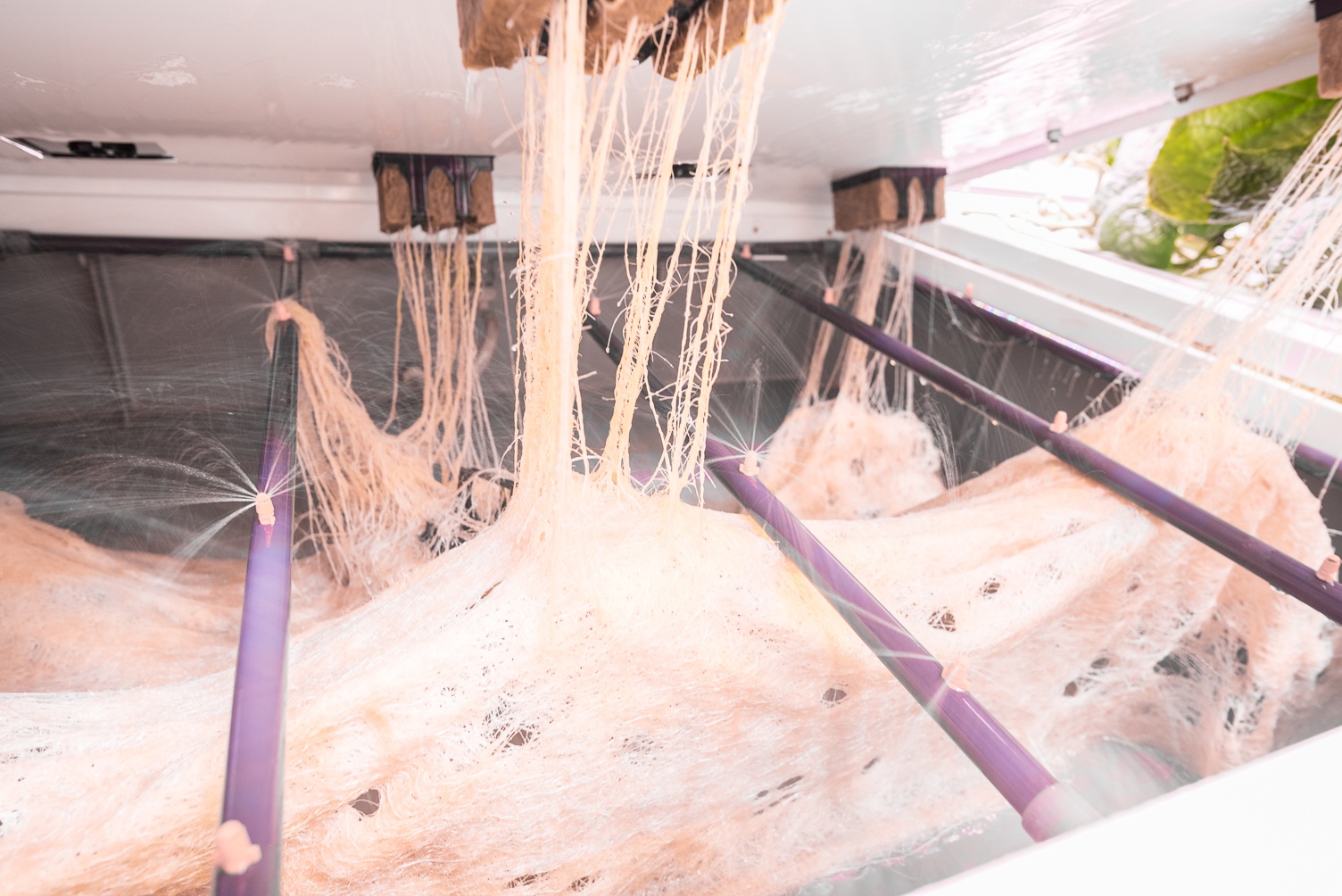
Topic: ORP(Oxidation-Reduction Potential) ExplainedBackgroundAn oxidizing agent is any substance that gains, or “steals” electrons from another substance. A reducing agent is any substance that loses, or “gives” electrons to another substance. Chemical oxidation is a common and inexpensive method of disinfecting water before and during use in hydroponic systems by adding chemically reactive oxidizing agents to a water supply. In certain cases, ‘ORP’ sensors can be used in concert with chemical oxidative cleaning agents to monitor the relative activity of the chemical oxidizers in solution over time, providing indirect relative approximation of water cleanliness. ORP ExplainedAn ORP sensor measures the Oxidative-Reduction Potential of a solution. Oxidation-Reduction Potential is a measurement, in millivolts (mV), of a solution's capacity for electron transfer (oxidation or reduction). This capacity for electron transfer is measured by a reference electrode within the ORP sensor probe and can be positive or negative. Positive ORP values indicate a solution has a greater capacity for oxidation (electrons taken), negative values indicating a solution with a greater capacity for reduction (electrons given). While an EC meter directly measures the conductivity of a solution, an ORP sensor indirectly measures the total activity of all oxidizing agent and reducing agents present in the solution. ORP QuirksORP sensors are unable to discriminate the activity of one oxidizing agent from another. Different chemical oxidizers cause different ORP value-dose responses with some oxidizers, such as hydrogen peroxide, having little or no measurable correlation between supplied dose and ORP change. The ORP value-dose response curve for many oxidizers is logarithmic; that is to say, the first dose of an oxidizer will cause a larger ORP response than a second identical dose in the same period, despite the actual concentration of the ‘cleaning agent’ doubling. Finally, the activity of the oxidizing agents in solution, and the corresponding ORP value, of a solution can be influenced by the pH, dissolved oxygen, water temperature, organic load, and chemical content of the solution, among other factors. For these reasons, any conclusions drawn from ORP readings must be considered in the context from which they were taken, and the history of the solution being measured. #ORP #Oxidation-Reduction-Potential #ORP-Sensor #Oxidizing-Agent Next week we will take a closer look at the various options for utilizing oxidation to keep your systems pathogen free. Previous letter: Pathogens, Oxidizers, and ORP Next letter: Hydrogen Peroxide (H2O2) Explained |